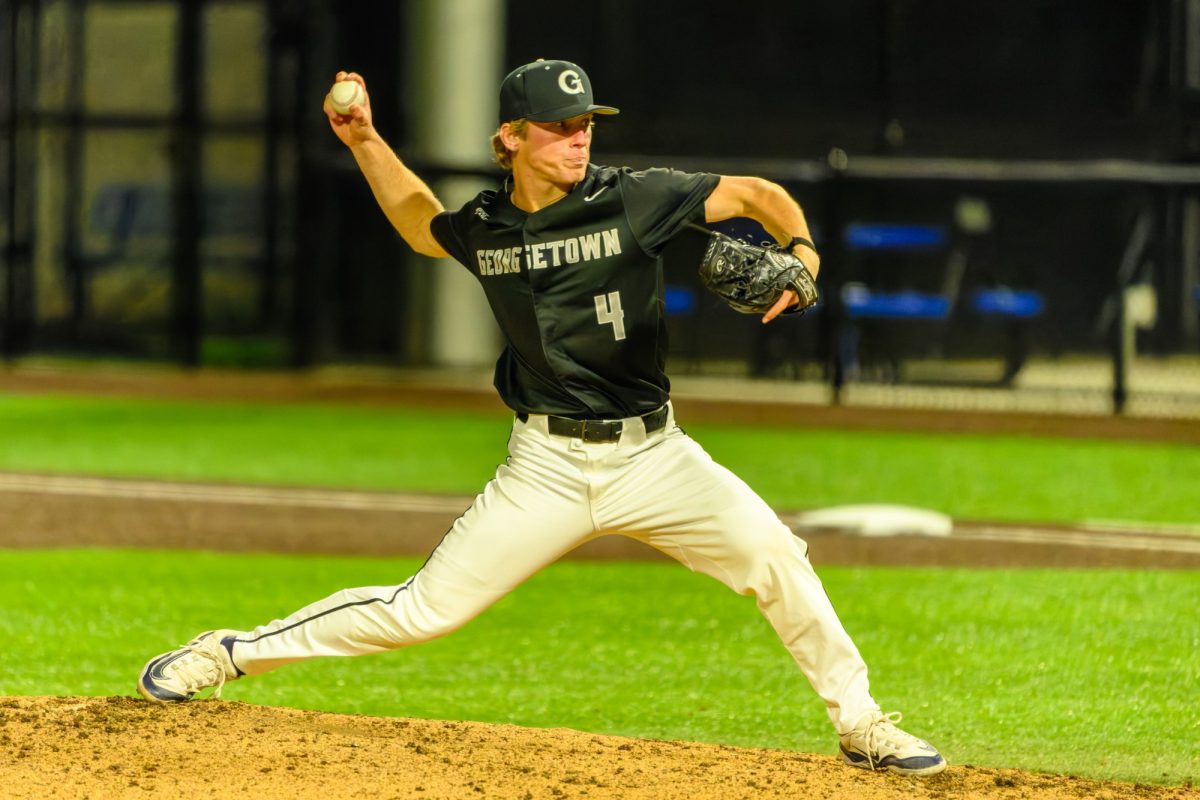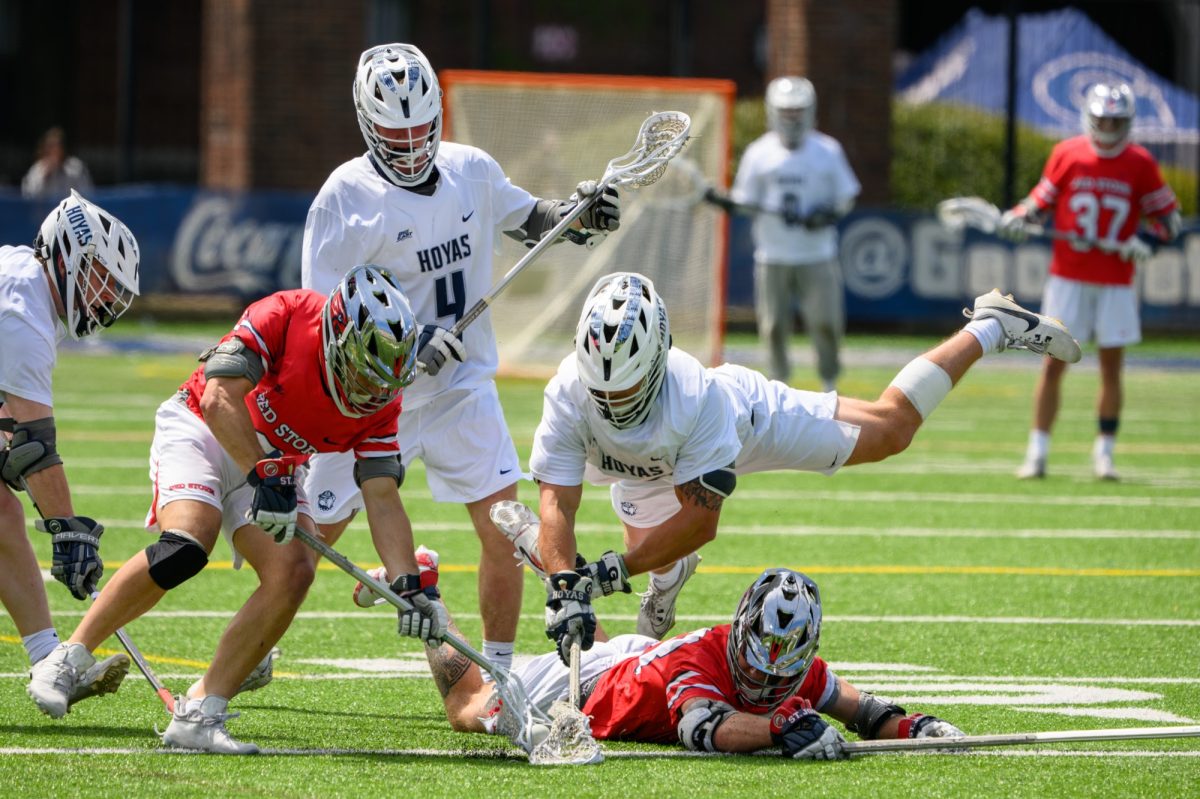Major League Baseball is in the midst of a juicing epidemic far different from the performance-enhancing drug usage in the 1990s, and this one is actually not a problem for the game at all.
The set of 10 MLB seasons spanning from 1993 to 2002 has long stood as a taint among baseball’s beautiful history, with the biggest stories involving the race for home run titles and records by the same few players who were fueled by performance-enhancing drugs in their quest to take down records, which had stood for more than a generation. These players who juiced consistently like Sammy Sosa, Mark McGwire and Barry Bonds are still causing intense debate today among the baseball writing community, as they are currently eligible for the National Baseball Hall of Fame.
While those debates have become stale, though, the baseball world can turn its attention to a less predictable juicing epidemic — one which makes less sense and is more difficult to analyze.
Over the course of each MLB season since 2015, the MLB has used a slightly different baseball than the season before, trying to perfect the art of ball design without any officially declared or predictable endgame to this science experiment. Home run numbers have also skyrocketed in the past few years, but not for the same reasons as the last juicing epidemic.
These past few years of baseball juicing, or the materials of the physical baseball being altered with the goal of the ball being more aerodynamic and flying further, have seen countless home run records fall, with others on pace to do the same by the end of the season. With another month still left in the season, the Minnesota Twins have already set the record for most home runs by a team in a season with 268 after hitting six home runs in a loss Saturday. This game edged the Twins past the record of 267 from last year’s Bronx Bombers, who are on pace to break their own record this year.
While there is still about one month remaining in the season, a whopping 101 players have already crossed the 20 home run threshold. This total has risen significantly over the past 100 years, as in 1919 only three players crossed the 20 home run threshold — Babe Ruth, Gavvy Cravath and Frank “Wildfire” Schulte — which demonstrates just how widespread the MLB’s latest power surge has become.
The home run spike has hit the whole league, not just one team or player. So far this season 1.40 home runs have been hit per team per game, easily on pace to beat the 2017 record of 1.26 and the similar totals from 2016, 2018 and 2000, all of which featured either modified baseballs or performance-enhancing drugs. That last figure of 1.40 stands especially tall next to 2014, the last year before juiced balls, where teams sent 0.86 balls into the outfield bleachers or beyond.
This home run trend is actually enjoyable as a fan, knowing that nearly any player can hit a home run in a given at-bat. The gap of 8.1 percentage points from the shares of home runs by the most and least productive spots in the batting order is a far cry from the at least 13% it was from 1925 to 2007.
The MLB has altered the baseball itself to the point where home runs are being launched more frequently than ever by players of all calibers, leaving more power hitters on each team than before. Home runs are being hit more than ever, yet the single season home run records for an individual player are not receiving even the slightest threat from Christian Yelich, Pete Alonso, Mike Trout and the rest of this era’s sluggers.
The game is now seeing its most iconic outcomes from the at-bat, strike out and home run, at a higher rate than ever before. In a sport that has changed constantly for hundreds of years with the developments of relief pitching, designated hitters and defensive shifts, among others, this change is simply par for the course.
While other sports change with rules, baseball’s evolution has always been more subtle for more than a century, so we should let this happen and experience it until the game is no longer enjoyable to watch. Many fans are against the baseballs being juiced, with many of the game’s best pitchers being three outcome pitchers. This reality makes most at-bats home runs, which bring excitement, or walks and strikeouts, which are far less entertaining or interesting in the eyes of the casual fan.
The rise in home runs is fun for fans and most players, and there are few plays in the sport as beautiful or electrifying as a home run with an explosive bat flip to match, making this trend far from a problem.





















